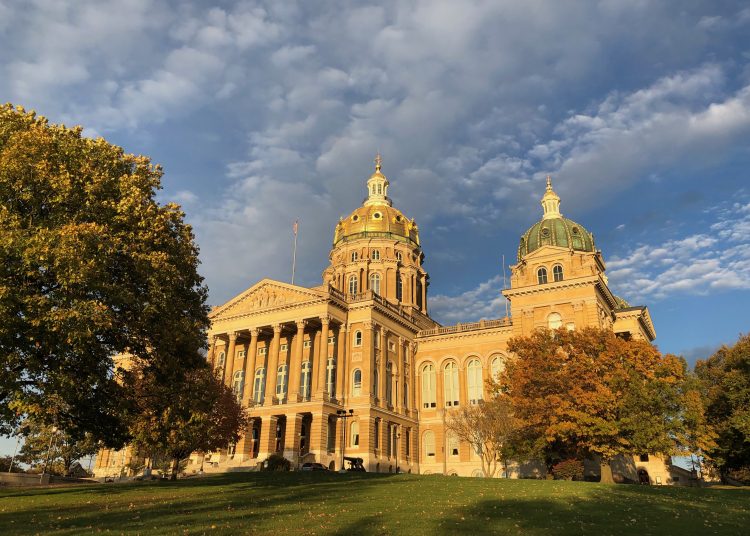Gov. Kim Reynolds and Republican legislative leaders are making tax reform a priority for the upcoming 2022 legislative session. The path to keeping government from excessively burdening people with taxes and allowing for pro-growth tax reform starts with conservative budgeting.
Fortunately, Iowa has been practicing prudent budgeting. Iowa will end the current FY 2021 with a $1.24 billion budget surplus in its general fund, which is substantially larger than last year’s surplus of $305 million.
Iowa state leadership deserve credit for their recent prudent spending and tax relief. As a result, Iowa was prepared fiscally for much of the costs related to the government shutdown in response to the COVID-19 pandemic. Truth in Accounting’s Financial State of the States 2021 report ranks Iowa in the top 10 (9 out of 50) of fiscally stable states.
In addition, the legislature has been careful to avoid using the billions in COVID-19 related federal funding on ongoing expenses. The $1.24 billion surplus is not a result of these federal dollars, but rather the fiscal conservativism that has spurred economic growth.
Nevertheless, policymakers will need to continue this approach to strengthen the state’s improving fiscal foundation by keeping spending from excessively burdening taxpayers to provide needed tax relief.
This is a reason that the Iowans for Tax Relief (ITR) Foundation recently released the Conservative Iowa Budget (CIB) for FY 2023. This conservative budget approach helps limit spending by setting a maximum threshold on the state’s general fund based on the rate of the state’s resident population growth plus inflation. Given the 2021 rate of 4.51% and a base of $7.1B, excluding $1 billion provided in tax relief this year, the FY 2023 budget should be less than $7.44 billion.
This fiscal rule of a spending limit on the general fund provides a reasonable limitation that essentially freezes inflation-adjusted spending per capita. This helps to lessen the crowding out of private sector activity and helps to stabilize expectations over time.
Iowa’s Revenue Estimating Conference (REC) estimated that revenues will increase for both FYs 2022 and 2023. The REC is estimating $8.9 billion in revenue for FY 2022 and $9.1 billion for FY 2023. This projection is a healthy improvement from the previous year. These optimistic projections by the REC make it prudent to continue using budgetary caution to fund only limited roles for government instead of spending every taxpayer dollar.
Therefore, it is important to keep spending reined in and will require legislators to prioritize every taxpayer dollar, which is difficult as many special interests will be arguing for either new funding or expansion of their previous allocations.
Already public education (K-12, community and technical colleges, and higher education) along with Medicaid comprise 79% of the general fund budget. This creates additional pressure because spending on these items continue to increase and crowd out other priorities.
Many families and businesses, especially during the pandemic and now as inflation reduces their purchasing power, must prioritize their spending. Government should also focus on priorities, even more so than families and businesses—because it is not the government’s money.
Fiscal rules that limit spending help achieve this goal. While Iowa currently has a 99% spending limit in code, this limitation must be strengthened.
The spending limit should be strengthened by passing a constitutional amendment or changing it in the code to be based on a maximum rate of population growth plus inflation. This is an important measure because it accounts for more people paying taxes, higher wages—which are highly correlated with inflation over time, and economies of scale.
Policymakers have a historic opportunity to enact pro-growth tax reform that will benefit all Iowans and make the state more competitive. To achieve this goal policy makers must continue to practice sound budgeting by passing a Conservative Iowa Budget.
















